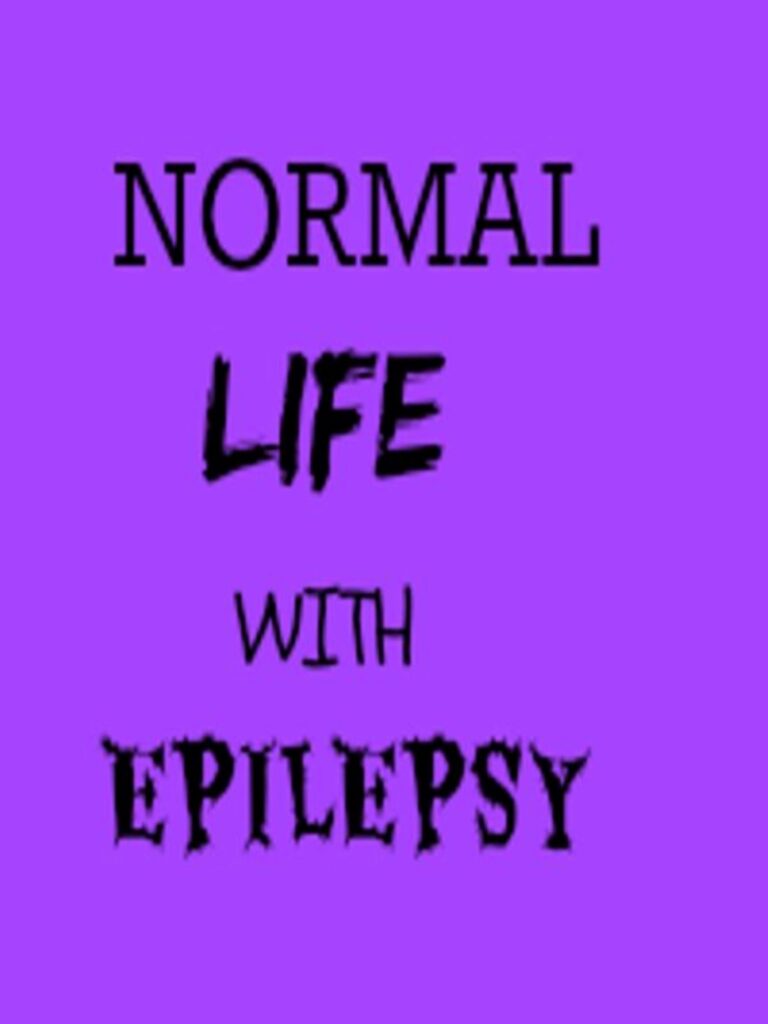Understanding the Link Between Epilepsy and Migraines
Navigating Life with Epilepsy and Migraines
Explore the intricate relationship between epilepsy and migraines, and discover strategies to manage both conditions effectively.
Epilepsy and migraine often share other symptoms, especially in the aura that precedes either a migraine attack or a seizure. These shared symptoms can include:
- flashing lights and other visual distortions
- nausea
- vomiting
- light and sound sensitivity
The Epilepsy-Migraine Connection
How Epilepsy and Migraines Intersect :
Headaches can occur both before, during, or after a seizure. Sometimes a headache is the only symptom of a seizure. This type of headache is called an ictal epileptic headache, and it can last from seconds to days. A rare type of headache in people with epilepsy is the ictal headache. These headaches are actually seizures symptoms. Some pound like a migraine but others are sharp and steady. In some people the pain builds gradually but in others it begins suddenly. Ictal headaches are seen in all types of epilepsy, including generalized epilepsy.
Distinguishing Features of Headaches

Tension Headaches
Tension headaches are generally less intense than migraines and are characterized by a constant, dull ache on both sides of the head. They do not typically involve nausea or sensitivity to light and sound.
Migraine Headaches
Migraines are severe headaches that often affect one side of the head and are accompanied by throbbing pain. They can cause nausea, vomiting, and heightened sensitivity to light, sound, and smells. Physical activity can exacerbate the pain.
Common Triggers
Both tension headaches and migraines can be triggered by stress, lack of sleep, and irregular eating patterns. Identifying and managing these triggers is crucial for reducing the frequency and severity of headaches.
Understanding Migraine Diagnostic Criteria
Learn about the key questions and criteria used by doctors to diagnose migraine headaches.
What questions do doctors ask to diagnose migraines?
Doctors often ask if the headache appears on one side, if it pulses, if the pain is moderate to severe, and if routine physical activity aggravates the pain.
What are the associated symptoms of migraines?
Associated symptoms include nausea, vomiting, and sensitivity to light, sound, or odors.
How many headache episodes are needed for a migraine diagnosis?
At least five headache episodes lasting between four to 72 hours are needed for a migraine diagnosis.
Can other conditions cause similar headaches?
Yes, but for a migraine diagnosis, the headaches should not be caused by another disease or condition.
How do tension headaches differ from migraines?
Tension headaches are generally less intense than migraines and do not have the same associated symptoms like nausea or sensitivity to light.
Get Help with Migraine Management with a physician specializing in migraines
Tips for Migraine Prevention
Practical Advice to Avoid Migraines
Maintaining a regular schedule for meals and sleep, managing stress, and making lifestyle adjustments can help prevent migraines. Avoid skipping meals and ensure you eat regularly. Establish a consistent sleep schedule and make sure you get enough rest. Manage stress through relaxation techniques and limit your caffeine intake. Regular exercise and weight management are also crucial in reducing migraine occurrences.
Medications for Epilepsy and Migraines

Divalproex Sodium
Divalproex Sodium is effective in treating both epilepsy and migraines by stabilizing mood and preventing seizures.
Gabapentin
Gabapentin helps manage nerve pain and seizures, making it suitable for patients with both conditions.
Topiramate
Topiramate is used to prevent migraines and control seizures, offering dual benefits for patients.
Electroencephalogram (EEG)
An EEG helps in diagnosing epilepsy more accurately than migraines, providing essential insights for treatment.
Consultation
Schedule a consultation to discuss personalized treatment plans for managing both epilepsy and migraines.
EEG Predictive Accuracy and Migraine Prevalence
Electroencephalogram (EEG) has shown a predictive accuracy of over 90% for diagnosing epilepsy. In contrast, migraines are more prevalent in women, affecting approximately 18% of women compared to 6% of men.
Join a Community for Support and Resources
If you or a loved one is living with epilepsy and migraines, you are not alone. Join a community to access valuable resources, connect with others who understand your journey, and seek professional medical advice. Together, we can navigate the challenges and improve quality of life.


 https://about.me/roxanne_davenport
https://about.me/roxanne_davenport
Recent Comments